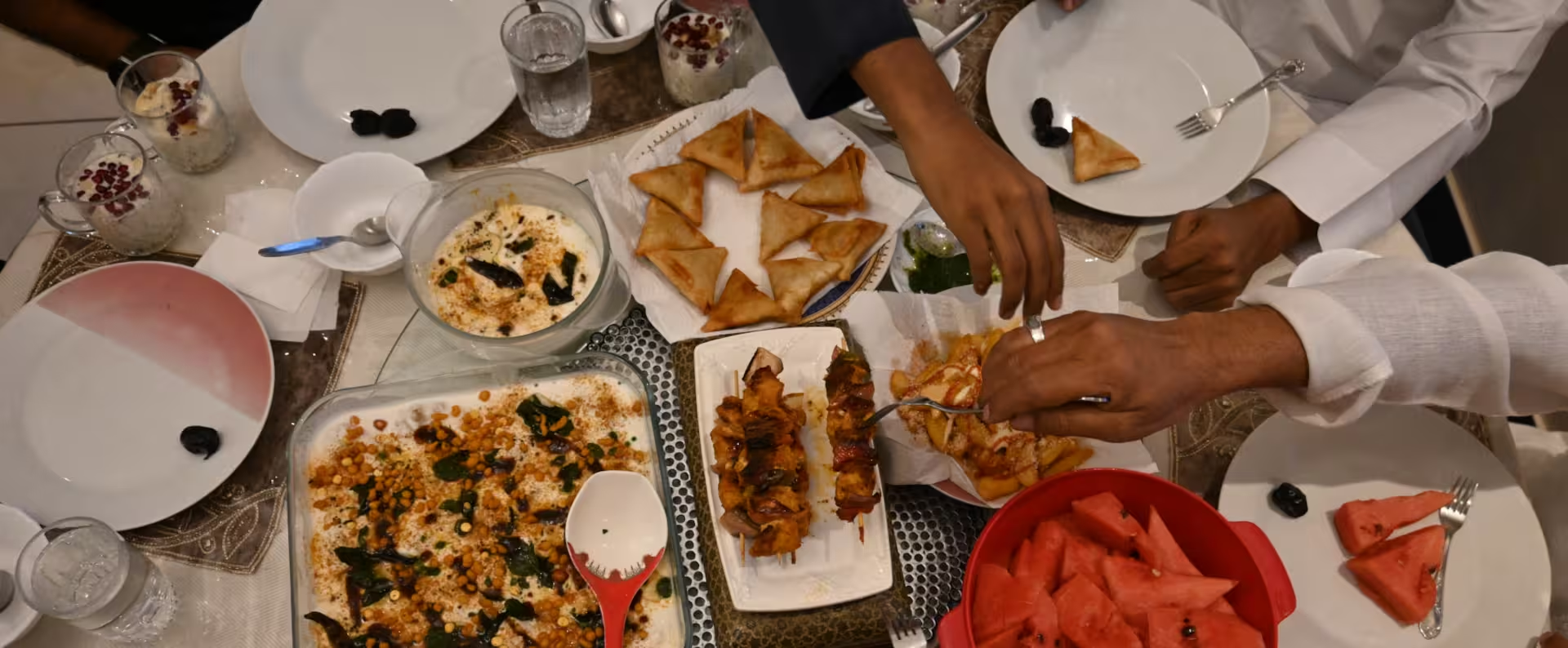By Sabah Zaheer
Sharjah– At seven years old, I observed my first Ramadan fast, thrilled despite the hunger. Fasting meant joining the magic of Ramadan, extra samosas, counting seconds to the call to prayer with cousins, and decorating the house with twinkling moon-shaped lights while wearing my favorite bejeweled dress. Beyond food and fun, it was the sense of belonging that filled me with joy, a feeling of being part of something bigger. Years later, the warmth of Ramadan persists in crowded iftar tents, tight rows at the masjid, and family-filled iftar tables. Fasting is more than hunger and discipline; it’s about unity across generations, cities, and backgrounds, breaking bread as one. In the United Arab Emirates, diverse cultures unite to celebrate Ramadan.
Beginnings of the Holy Month
According to “Understanding Ramadan” by Muhammed Muhsin Khan, Ramadan began around 610 A.D., when Prophet Muhammad received the Quran’s divine revelation. This month of fasting and spiritual contemplation involves abstaining from food and drink from dawn to dusk, while emphasizing charity, kindness, togetherness, and piety.
The sighting of the crescent moon marks Ramadan’s start. Though not originally an Islamic symbol, the crescent moon became associated with Islam during the 18th-century Ottoman Empire, per Wikipedia. Muslims use the lunar calendar, based on the moon’s eight phases, to determine religious dates. A new Islamic month begins with a new moon, signaling Ramadan’s onset.
“The crescent moon of Ramadan has appeared, so glorify Allah as much as a Muslim can,” says Imam Walid Al Marzooqi of Masjid Yousef Abdullah Al-Jaziri in Al-Mizhar, who leads Taraweeh and Qiyam prayers during Ramadan. He urges Muslims to maximize the holy month’s blessings.
Ramadan’s arrival is marked by fanoos lanterns and sparkling lights at home entrances. As a child, my friends and I hosted themed iftar parties, excitedly decorating with fanoos, “Ramadan Mubarak” banners, and colorful paper moons and stars. My mother and I crafted unique themes for each Ramadan iftar, a cherished tradition where every detail felt meaningful.
UAE residents adorn homes with moon-shaped banners, lanterns, and colorful lights to embrace the Ramadan spirit.
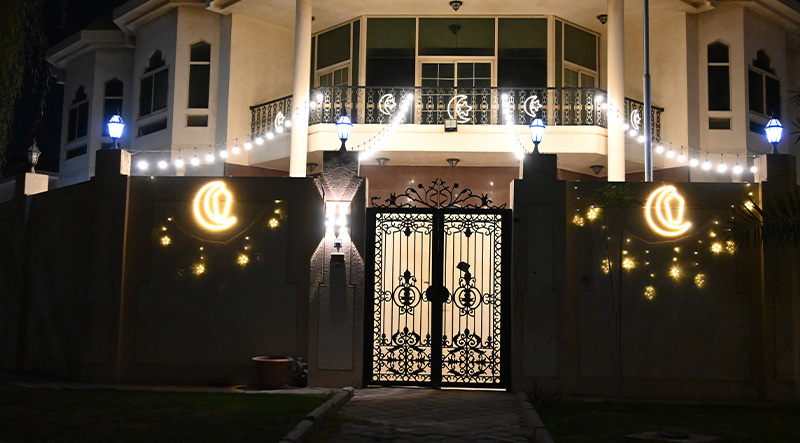
From Suhoor to Qiyam
At 3 a.m., alarm clocks and hurried kitchen hands signal suhoor, the pre-dawn meal vital for energy, endurance, and spiritual discipline during fasting. Most UAE residents eat light, protein-rich, hydrating foods for suhoor.
Aniqa Arshad, a University of Melbourne student, says, “I feel less hungry when I eat lighter, hydrating foods like a yogurt bowl with fruit and protein like an egg.” Such meals keep her energized without feeling heavy. Muslims believe suhoor carries blessings, favored by Prophet Muhammad.
Islam’s diversity means Ramadan is celebrated globally across varying time zones. Fasting hours, from dawn to dusk, differ by location due to Earth’s orbit. In 2025, UAE Muslims fasted for 13 hours, reaching 13 hours and 42 minutes by month’s end, per Khaleej Times. Globally, fasting ranges from 12 to 16 hours.
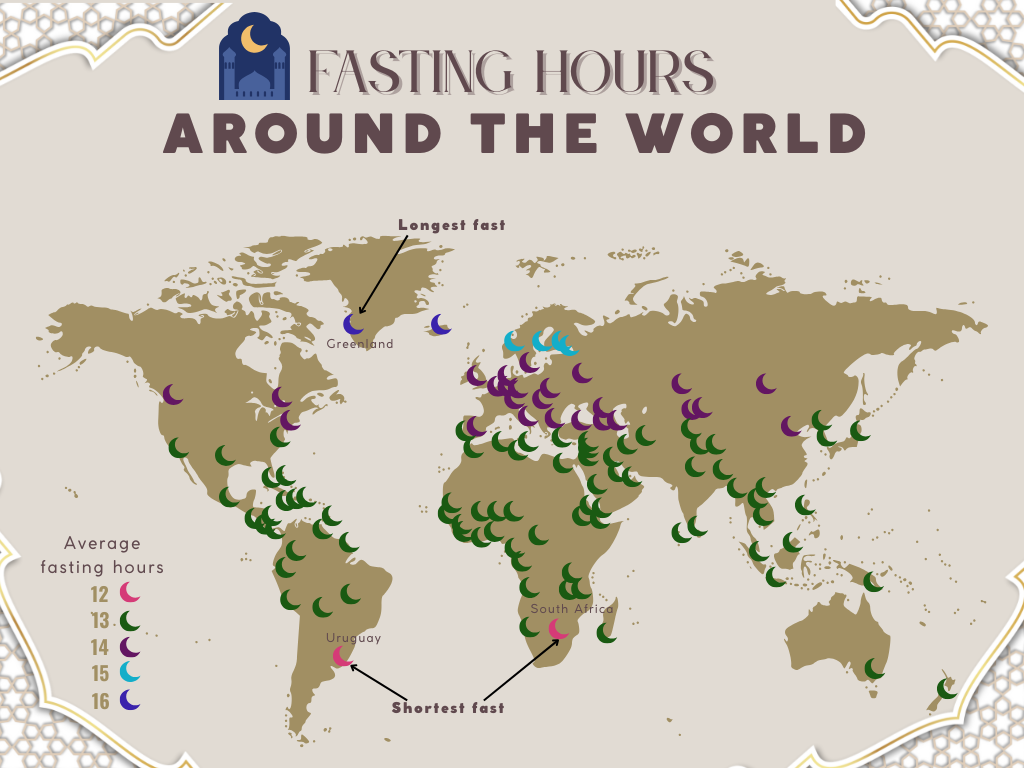
These hours are for prayer, Quran recitation, and charity. Since the Quran was revealed during Ramadan, many Muslims, like my family, aim to recite it entirely over 30 days, often together reading in groups, sharing verses’ meanings, and playfully racing to finish first.
Iftar, the meal breaking the fast, is Ramadan’s highlight, offering relief from hunger and thirst. UAE families serve diverse spreads. “Ramadan in Dubai is the best,” says Mohammed Zameer, an Indian expatriate in the UAE since the 2000s. “The Taraweeh, qiraat, atmosphere, and iftars are unmatched.”
Iftar’s communal nature fosters solidarity. UAE masjids host daily open iftars, uniting people of all backgrounds. Emiratis enjoy gars (sweet date-cardamom crumble), harees (meat and wheat), and thareed (vegetable lamb stew). Egyptians savor sambosas, warak enab (vine leaves), roasted lamb, and mahshi (stuffed vegetables). Indian Muslims break fasts with fried foods, desserts, haleem (spicy oat stew), and roohafza sherbet.
Last Ramadan in India, my cousins bought samosas, pakoras, and jalebis from roadside stalls, while my aunt prepared soups and delicacies. We shared food with neighbors, receiving dishes in return, creating a vibrant iftar spread.
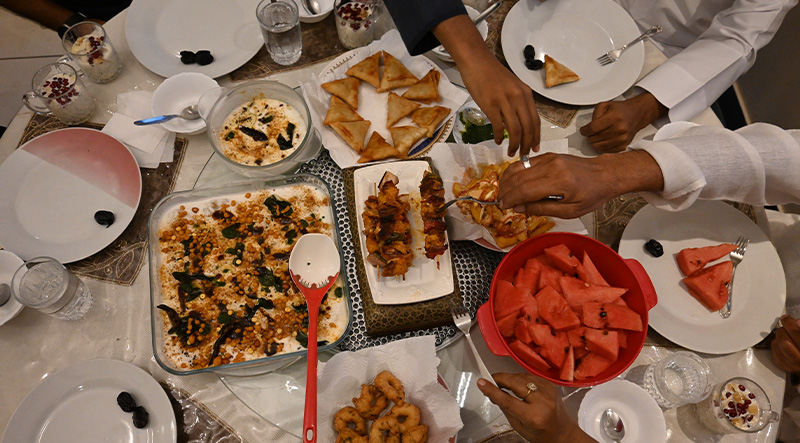
Post-iftar, UAE residents share coffee or tea, homemade, from coffee shops, or karak chai stalls. Nighttime focuses on loved ones, as days are for worship. Ramadan-themed pop-ups, like 2025’s “Not-a-Majlis” by Voye Global, offer entertainment, games, and Middle Eastern-themed food. Night markets at Souk Al Marfa, Ramadaniyat at House of Wisdom, Bluewaters Island, Zabeel Mall, and Al Seef thrive.
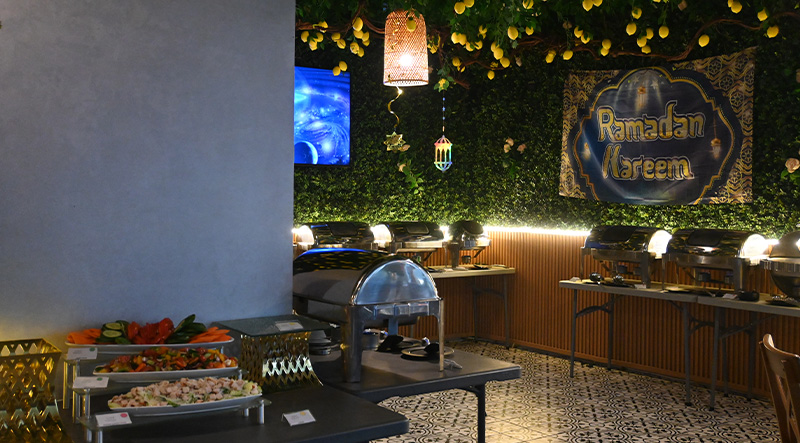
Ramadan nights pulse with life, worship, and gatherings. Taraweeh prayers, where imams aim to recite the entire Quran over 30 nights, draw crowds. “Taraweeh’s reward is great. The Prophet says whoever prays Qiyam in Ramadan with faith, hoping for reward, will have sins forgiven,” says Hamza Jamal Saleh, a student of Islamic scholars like Sheikh AbdulKareem. “Taraweeh’s special because it’s in congregation.”
Qiyam al-layl, the night prayer, involves prayer, dhikr, Quran reading, or worship. Charity, donations, and humanitarian campaigns also mark these nights.
The Spirit of Giving
Charity, donations, and volunteering embody Ramadan’s essence, bridging social divides. A 2022 survey across Asian countries found 93% of Muslim respondents planned to donate during Ramadan. Prophet Muhammad says, “The believer’s shade on the Day of Resurrection will be their charity” (Tirmidhi). Zakat, an obligatory act in Islam, promotes social harmony.
The UAE hosts zakat campaigns via organizations like the Red Crescent Authority and Khalifa bin Zayed Al Nahyan Foundation, setting up iftar tents at masjids, malls, and public spaces. Universities promote almsgiving and charity, especially during Ramadan.
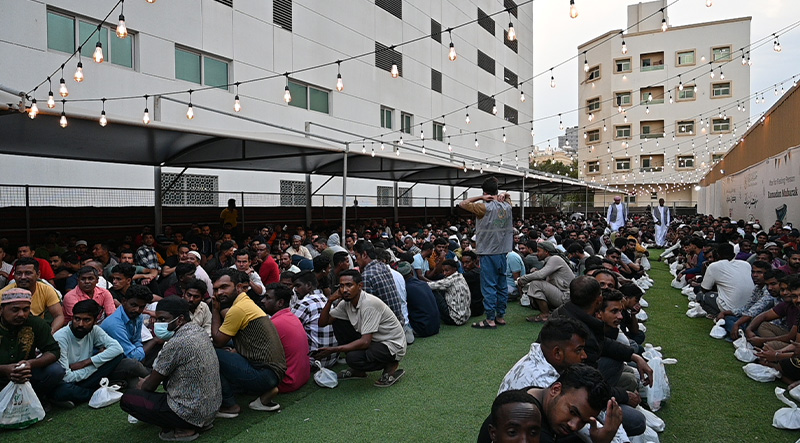
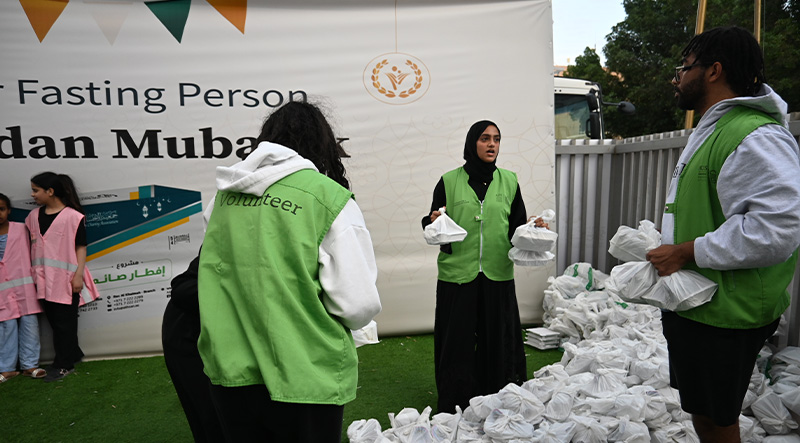
“Volunteering and seeing people line up for food makes you grateful for God’s blessings,” says Ahmed, an American University of Sharjah student volunteering with Al-Ihsan Charity Association. “Fasting builds empathy for the less fortunate.”
Charity during Ramadan protects from hellfire, purifies wealth, erases sins, builds kinship, and unifies Muslims. Zakat-al-Fitr, given at month’s end, ensures the less fortunate celebrate Eid.
Eid Festivities
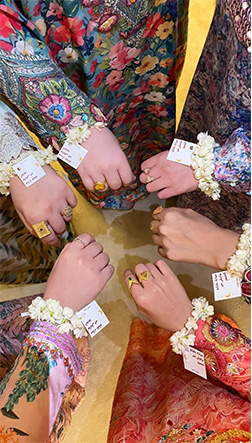
Eid, the bittersweet end of Ramadan, begins with moon-sighting. Salons brim with girls and women applying henna in intricate designs. “In my aunts’ day, henna cones were rare, so women used wooden sticks for simple dots. The joy was the same,” I recalled.
Eid starts with a congregational prayer, highly encouraged for women. Children wear fanciful traditional garments, receiving candy from adults. Eidiyya, monetary gifts, thrills kids. “Eid is my favorite day, I see cousins, wear my best clothes, and collect Eid money to buy something big!” says 10-year-old Zohan.
Eid features lavish parties with cultural dishes. Indians serve biryani and seviyan (vermicelli sweet). “Seviyan and biryani are staples, no matter the year or country,” says Mohammed Zaheer, recalling cardamom’s sweet aroma signaling Eid’s festivities.
Since 2020, my family’s Eid tradition involves each member cooking a unique biryani, fostering togetherness. Emiratis enjoy majboos (spiced rice with meat), while northern Jordanians prepare igras al-Eid, a special bread shared at breakfast.
Eid unites extended families for celebrations and light-hearted entertainment. Muslims dress extravagantly, shopping early. Deira’s “Little India” is a hub for Indian expats buying bejeweled ghararas, lehengas, and saris. Emiratis wear ornate mukhawwars, abayas, and kandooras with gold jewelry.
In a fast-paced world, Ramadan slows time for reflection and connection. From suhoor to Eid parties, Ramadan’s spirit of togetherness threads Muslims together, embodying Islam’s value of communal bonds.



